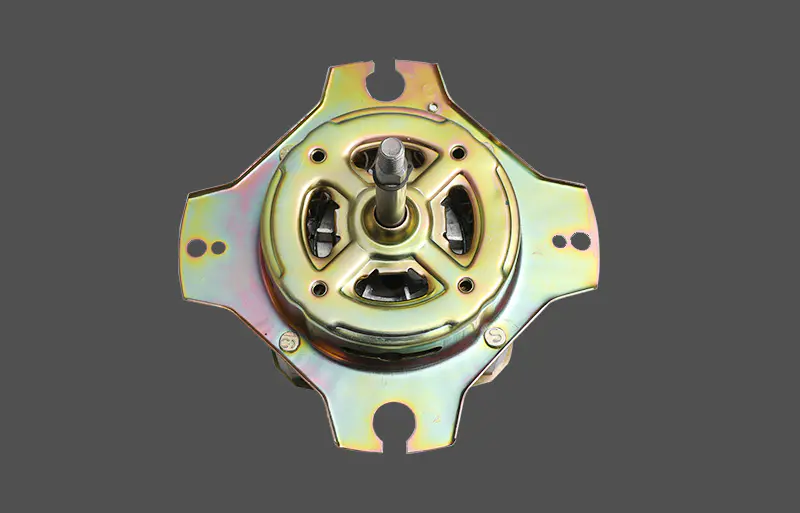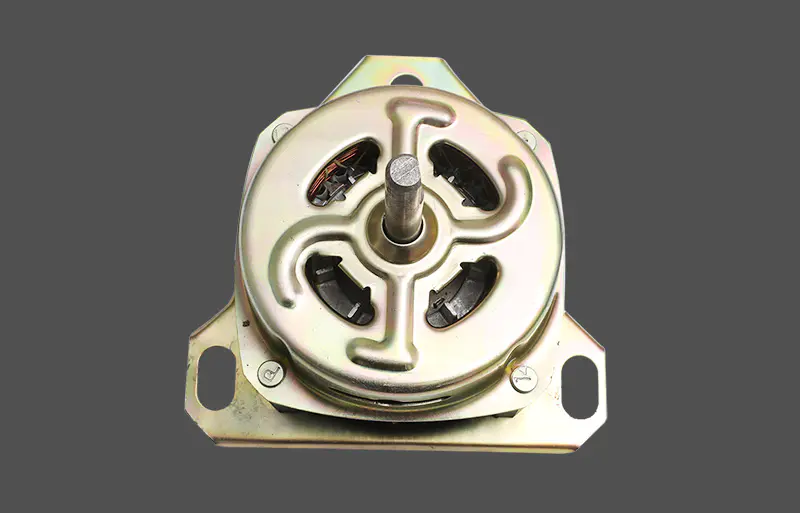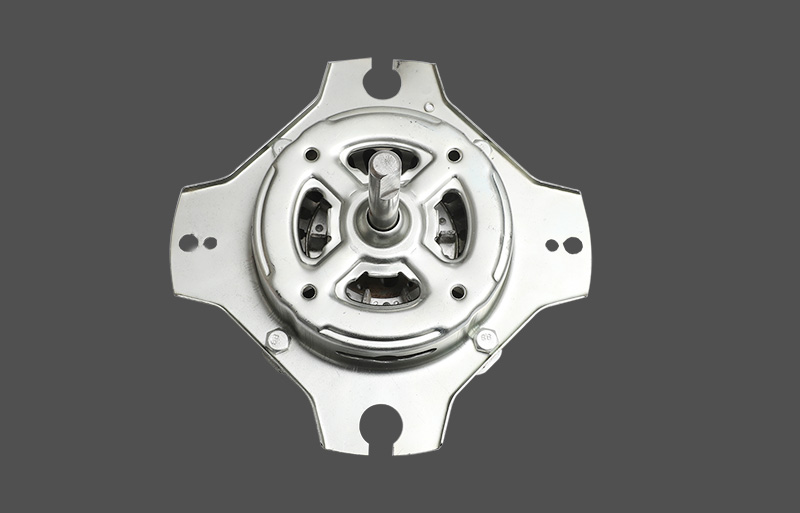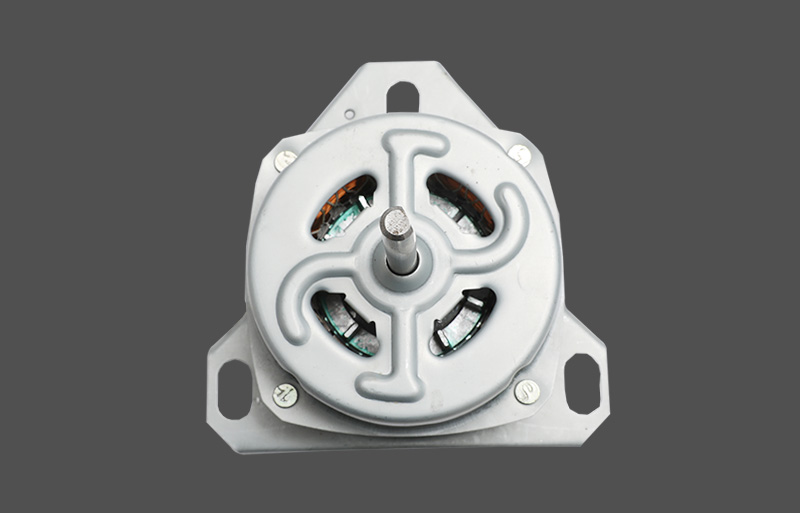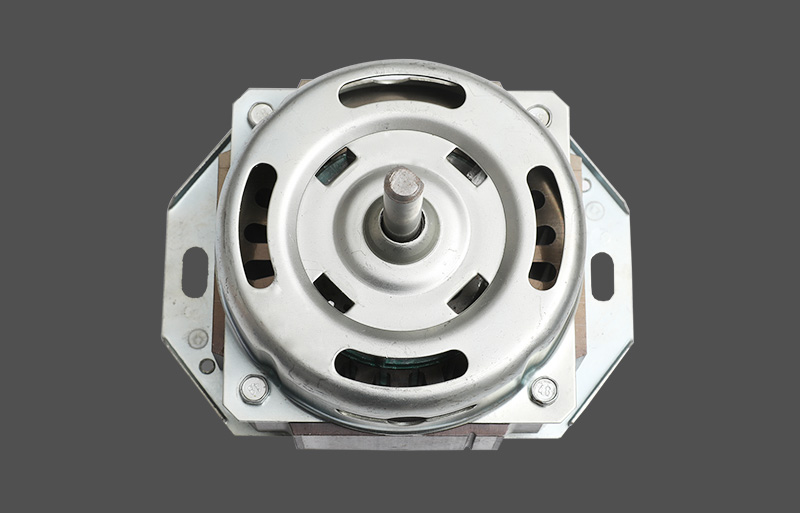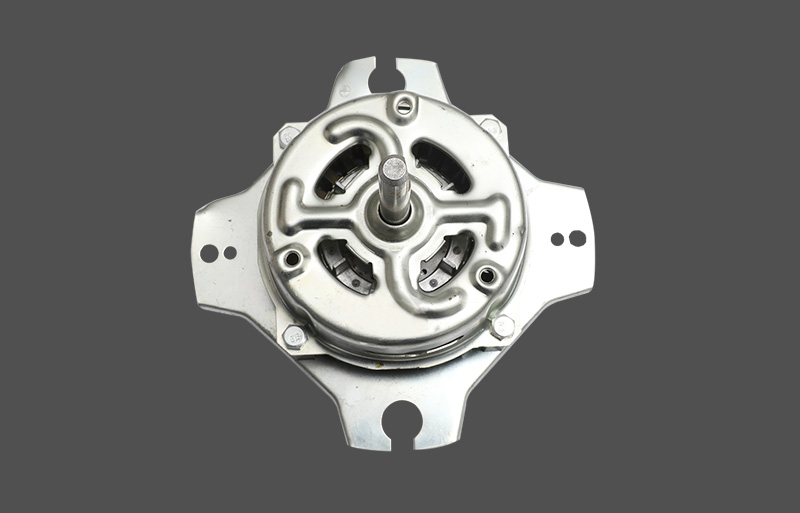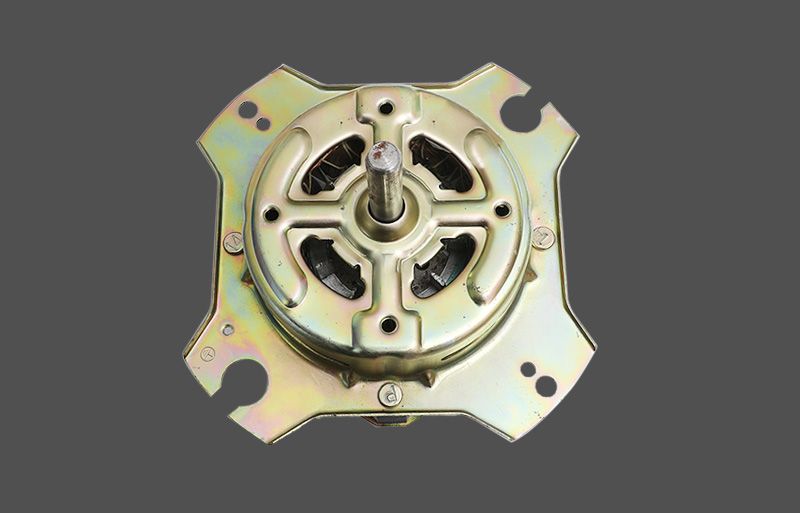As a key component providing airflow in ventilator systems, the ventilator motor often needs to start and stop frequently during operation, depending on the patient's respiratory rate and ventilation mode. Especially in automatically adjusting ventilation modes (such as APAP, BiPAP, and CPAP), the motor must exhibit extremely fast response and high operational stability. Frequent starts and stops can cause frequent changes in motor inertia, heat accumulation, mechanical wear, and electrical shock, necessitating multi-faceted technical analysis and engineering verification.
Electrical Performance Requirements for Frequent Starts and Stops
The motor must maintain fast starting and braking capabilities during frequent starts and stops. Key performance indicators include the motor's coil shock resistance, armature reaction speed, and current fluctuation suppression. High-quality ventilator motors typically use brushless DC motors (BLDCs), which offer the following electrical characteristics:
Strong transient current handling capability
High starting torque
Starting time less than 200ms
Control system with soft-start function
The controller has built-in PWM speed regulation to prevent current surges
Using closed-loop control circuits (such as Hall effect sensor or encoder feedback) can further improve start-stop accuracy and response speed, ensuring precise ventilation control even under high-frequency start-stop conditions.
The Impact of High-Frequency Start-Stop on Motor Thermal Management
Each start-stop process is accompanied by a surge in current and energy conversion. During high-frequency start-stop conditions, the motor windings are prone to continuous heat accumulation, leading to excessive temperatures. To ensure stable operation, the following thermal management strategies are required:
High-grade insulation materials (Class F or higher) protect the windings
High thermal conductivity core materials improve heat dissipation efficiency
A motor housing design using aluminum alloy with heat dissipation fins
The controller has an integrated temperature detection module for real-time temperature control
Combined with forced air cooling or heat pipe auxiliary cooling systems
If the thermal management system is not properly designed, the motor will suffer performance degradation, shortened lifespan, or even burnout due to overheating.
Mechanical Durability Under Frequent Start-Stop Conditions
Motors experience significant mechanical shock during frequent starts and stops, especially from the frequent changes in rotor inertia, which can cause bearing wear, rotor misalignment, and impeller loosening. High-quality Ventilator Motors offer the following mechanical advantages:
High-precision dynamic balancing ensures stable rotor operation
Ball bearings or ceramic bearings withstand high-frequency vibrations
A shock-absorbing buffer design is used between the rotor shaft and the housing
Bearing life >30,000 hours, supporting continuous start-stop operation
The motor shaft is fitted with a high-precision fan impeller to prevent loosening
Mechanical strength design requires high-frequency start-stop testing (e.g., millions of cycles) during the prototype phase to ensure long-term stable operation without structural fatigue.
Control strategy optimization improves stability
The control strategy of a Ventilator Motor plays a key role in operating under frequent start-stop conditions. Advanced control systems typically utilize the following technologies:
Digital PID closed-loop speed control
Analog signal zero-crossing detection startup strategy
Filter circuit design to prevent harmonic interference
Soft start and stop algorithms to reduce mechanical shock
Power compensation algorithms for high-frequency start and stop conditions
These control strategies ensure fast response while reducing system energy consumption and electromagnetic interference, thereby improving overall stability.
Impact of High-Frequency Start and Stop on the Power Supply System
Frequent starting of ventilator motors may cause transient current load fluctuations in the power supply system. To maintain power system stability, the following configurations are required:
A wide-range DC input power supply (e.g., 12V/24V/48V) to support dynamic loads
A built-in voltage monitoring and voltage regulation module in the controller
TVS diodes for backlash protection at the power input port
A capacitor snubber circuit to smooth startup inrush current
A power adapter with dynamic response and short-circuit protection
The power supply system's fast response determines whether the motor can quickly obtain the required current during each start and maintain stable output.
Typical Application Scenarios for High-Frequency Start and Stop
In the following ventilator applications, the ventilator motor must support high-frequency start and stop operation:
Automatic Pressure-Regulating Ventilator (APAP)
Bilevel Positive Airway Pressure (BiPAP)
Continuous Positive Airway Pressure (CPAP) and Mode S switching
High-Flow Oxygen Therapy Device Breathing Trigger Mode
Portable Rescue Ventilator Rapid Mode Switching
In these scenarios, the patient's breathing fluctuates dramatically, requiring real-time response from the device. Therefore, the motor's high-frequency start and stop capability becomes a key performance indicator.





